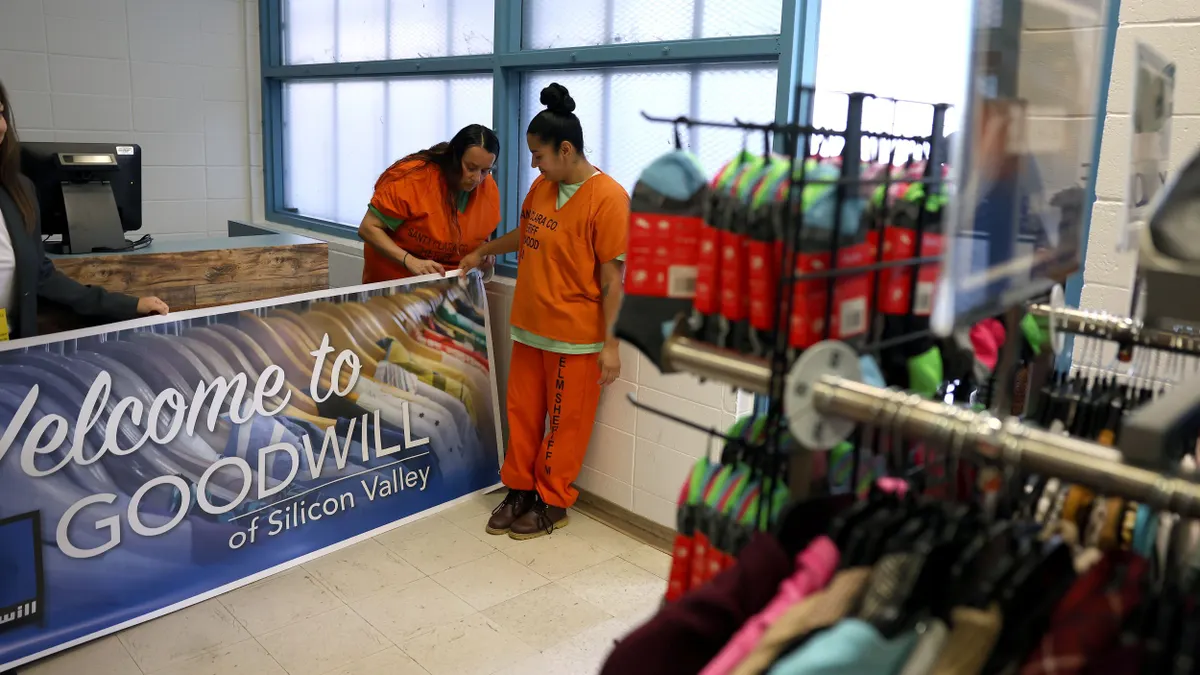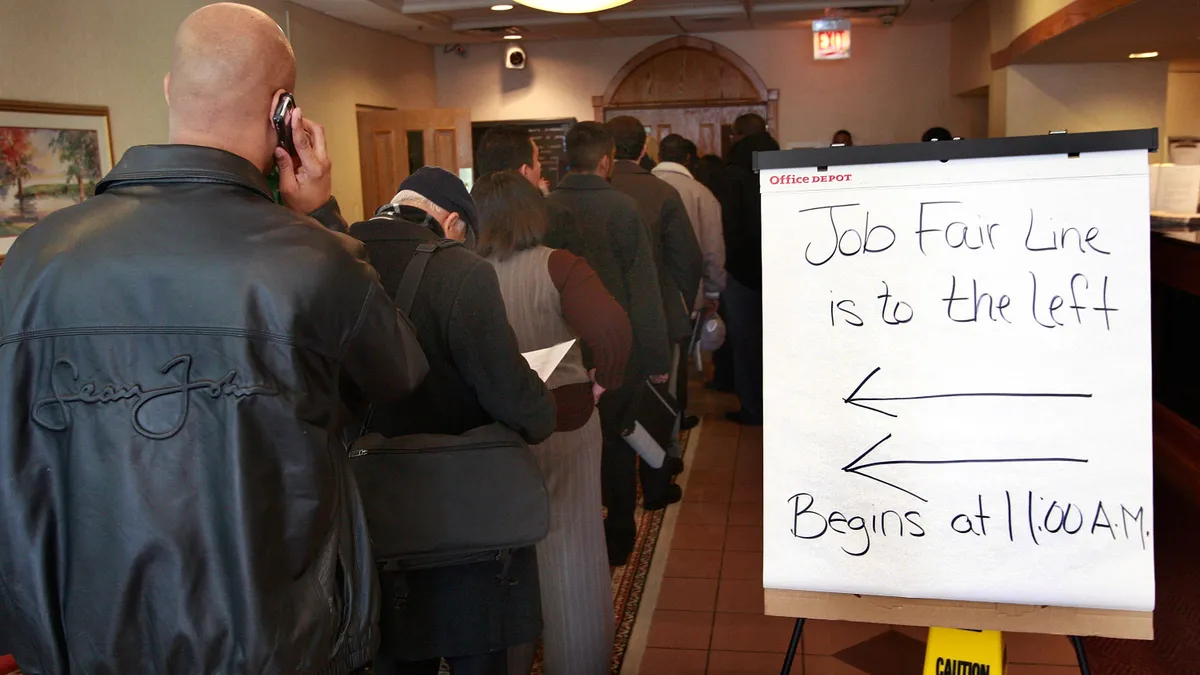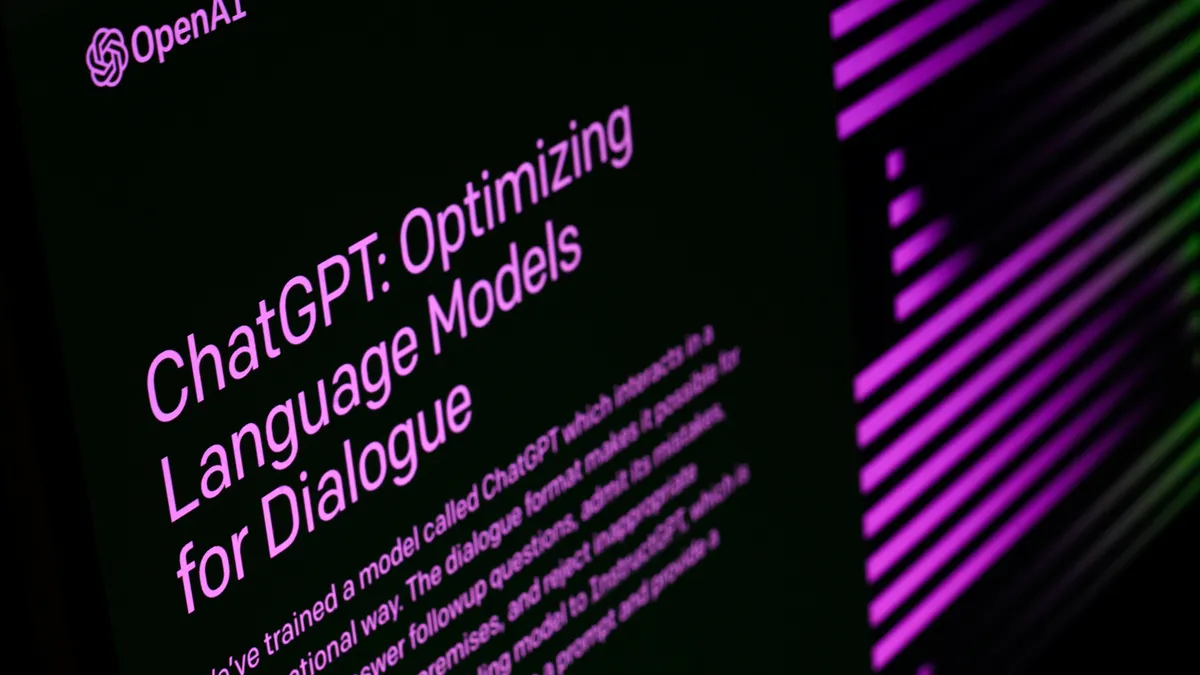Employee happiness is a much lauded standard — but despite the saying that "happy people work harder," the question of how to cultivate a happy workforce, particularly when your workers are diverse, may be more challenging to answer than throwing office parties every week.
For one thing, happiness is subjective. Some may find happiness through the relationships they form, while others may prefer the thrill of meeting a challenge. Happiness means different things to different people. The task for HR, then, may be to create many avenues for happiness and steer employees to their own career bliss.
While each employee has their unique take on what makes them happy at work, Udemy's 2019 Workplace Happiness Report revealed 69% of workers surveyed call their current position their "dream job," Cara Brennan Allamano, senior vice president of HR at Udemy, told HR Dive in an email. For millennials, that rate was 84%. Those numbers bode well for employers. "While happiness is subjective," Brennan Allamano said, "we know there are some common threads around what typically contributes to happier employees: feeling challenged, having opportunities for career growth, and achieving work-life balance, to name a few."
Unfortunately for employers, happiness is a relatively fleeting emotional state that can be difficult to chase. "People fluctuate in their levels of happiness within short periods of time, and it's easily influenced by different sources in a person's life," Vivian A. Woo, senior people science analyst at Culture Amp, told HR Dive in an email. "This is why organizations focus on employee engagement. It's influenced by aspects that are within their control."
Employee engagement is more stable and has been shown to be linked to many organizational outcomes, like turnover, performance and customer satisfaction, she added. Ultimately, companies look to be productive and successful, and engaged employees are a means to that end: "A happy employee might not necessarily be a productive employee, but engaged employees tend to perform better than their unengaged counterparts," Woo said.
But to get employee buy-in, employers do have to consider employee goals and happiness; "It's a two way street," Brennan Allamano said. The best way to foster a happy work environment where employees feel committed to meeting business goals is to meet employees' personal needs and understand their career goals as well, she noted.
Building connections
Guillermo Willi, chief people officer at Globant, believes happy people keep a business running — and employee happiness comes from staff members who are excited and energized about coming to work and contributing to their teams.
"Happiness means different things to different people and therefore, the focus should be on making sure employees feel connected and engaged within the organization since that's what will influence their loyalty and happiness," he said in an email. Connectedness is at the forefront of what organizations need to prioritize, he added, since that's what builds a healthy and engaging workplace culture.
Establishing communication
Willi suggested providing employees a vehicle to share successes, failures and everything in-between. He added that employers should promote an environment that's rooted in connection, visibility and engagement, all of which are crucial for employee morale and growth of the company.
Employers need to understand what employees are thinking, feeling and doing, and then take action on that feedback, while also keeping in mind how those actions link back to the company's larger goals, Woo said.
Employee happiness isn't stagnant, either, and employers have to keep that in mind when developing initiatives. "What once made someone happy might not in the future since they become accustomed to it and grow to expect it," Willi said.
Social listening tools can be an important component of measuring employee engagement and overall sentiment in order to support evolving initiatives, he added. Tech that facilitates cross-department collaboration and communication can help businesses gather insight into how employees are interacting within their organization as well as their feelings, sentiment and any gaps that need to be addressed.
Cheering each other on
While some want a ticker-tape parade and others look for a quick pat on the back, employee recognition is another key component of employee happiness. Recognition for a job well done, for going above and beyond, or for being the rock on which everyone depends is another piece of the happiness puzzle.
"Whether it's a company-wide email or anonymous posts on a feedback platform, giving employees the opportunity to build each other up and share accomplishments all contribute to maintaining and improving the happiness levels of employees," Willi said.
Building culture
Measuring employee happiness is possible when organizations provide ongoing opportunities for employees to share feedback, Willi said, but it must be culture-driven. If the culture is one that doesn't encourage its employees to share feedback or provide a medium for them to do so, it's difficult to measure how connected they are to their teams, and how committed they are to the organization's purpose.
A culture of constant and candid feedback allows employees to talk about what is working and what isn't — further promoting growth and mentorship, along with finding happiness, Brennan Allamano said.
Structure is necessary, Woo said, as culture is the combination of norms, rules and protocols established by the company to ensure teams succeed. Focusing on well-being, particularly emotional well-being, can be a value of an organization's culture, which can include providing social resources to employees.
"I believe it is important to take a well-rounded, holistic approach when considering where to focus HR efforts," writes Brennan Allamano."If you're providing opportunities for continued learning and identifying ways to promote employee productivity and engagement, that often leads to the happiness that results in success for the employee and the business together."



















